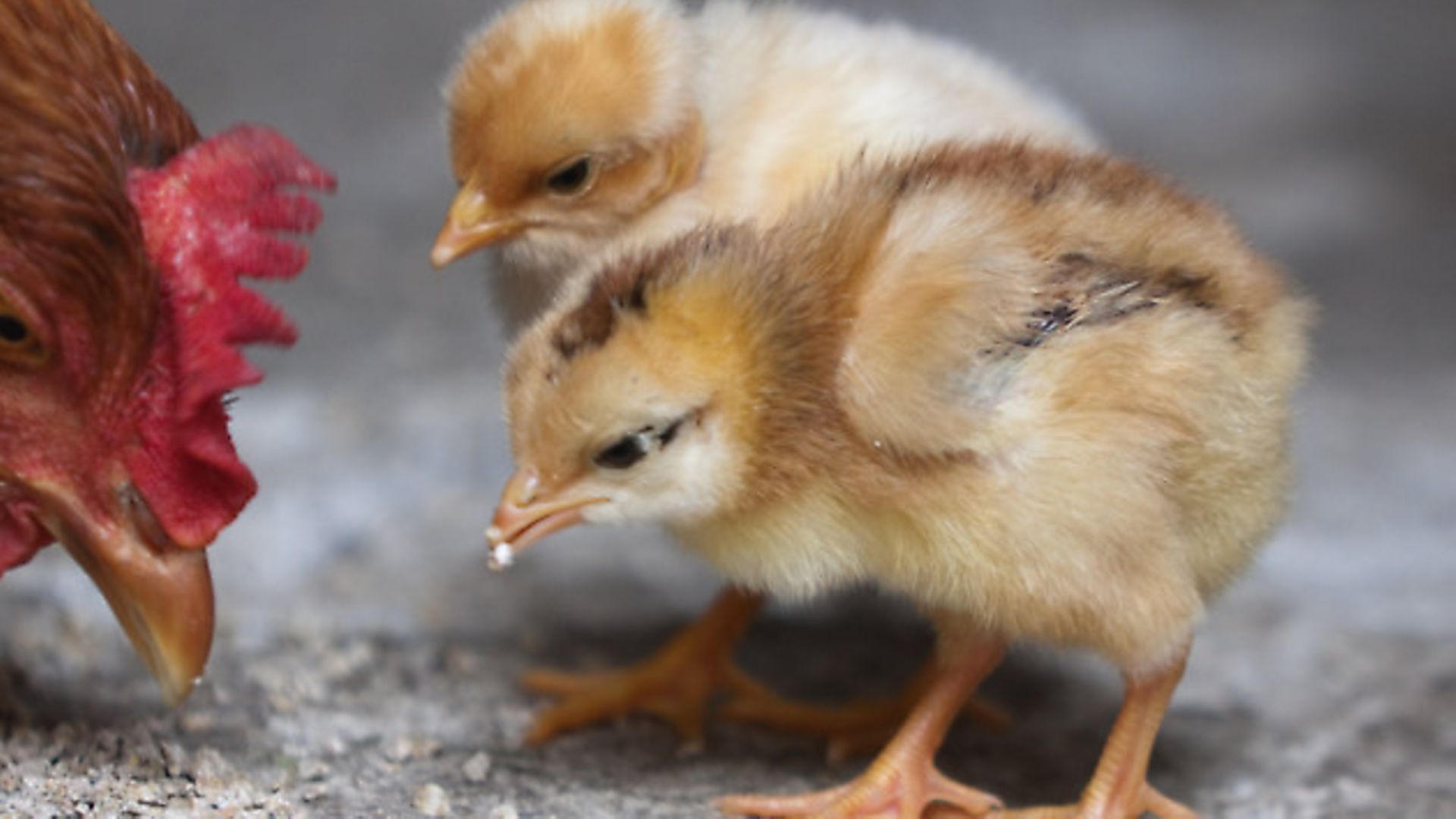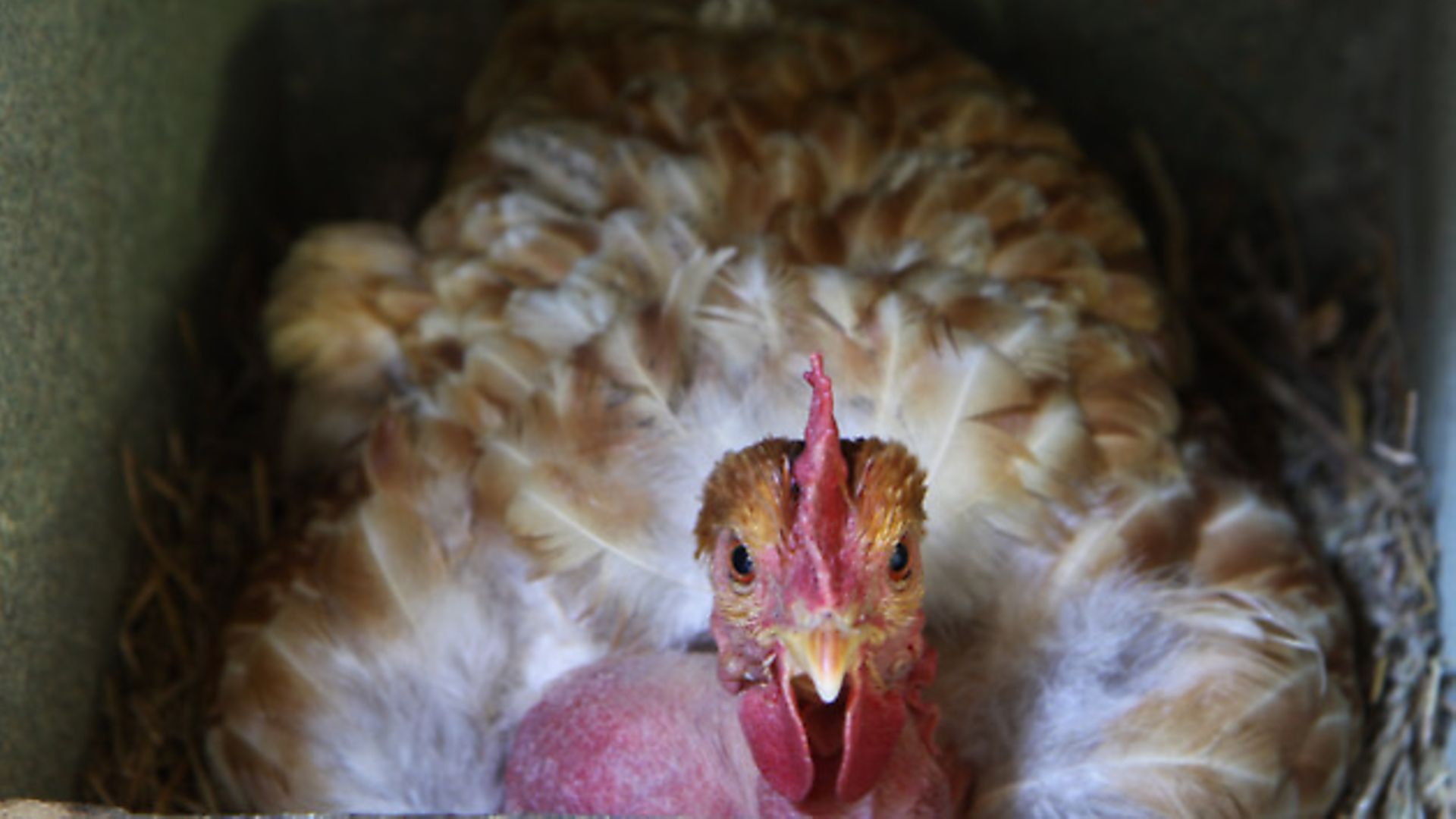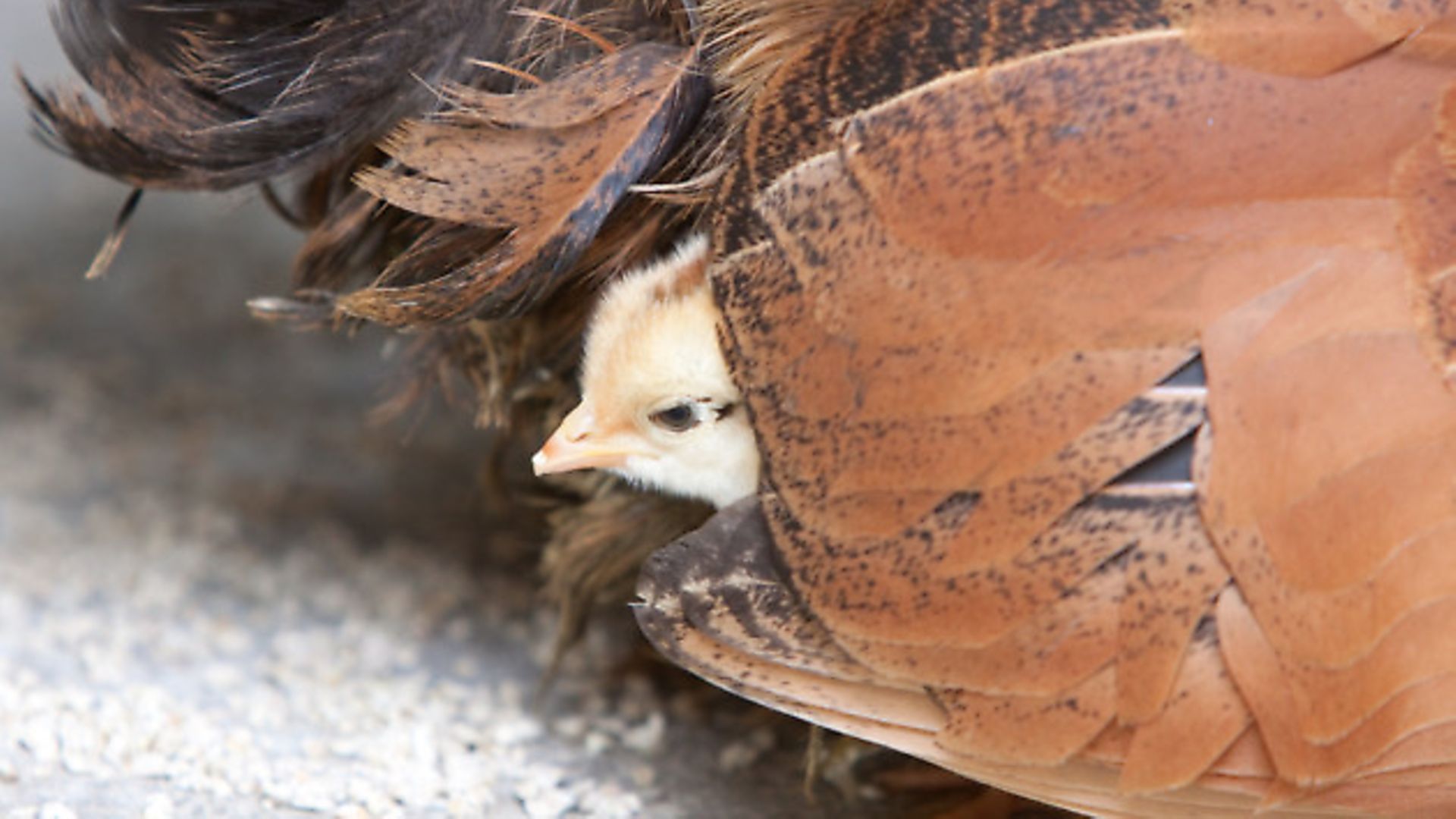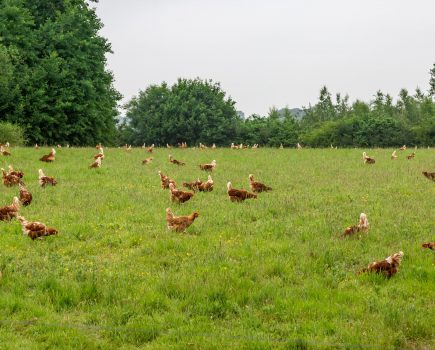Julie Moore looks at how to manage a broody

A broody hen can be the answer to your prayers if you’re hatching chicks. There’s no need to worry about the correct temperature and humidity in the incubator, egg turning, heat lamps or ensuring the chicks eat and drink — a broody will take care of these finer points for you.

A hen who is broody wants to incubate eggs and hatch chicks. Broodiness doesn’t happen at the drop of a hat — there’s no set time of year. Generally, a hen waits for spring before showing her maternal instincts. Many hens hatch out one clutch annually whilst for others broodiness is second nature, hatching two or three clutches.

Not every hen will go broody. Today, broodiness is considered an economic disaster and liability; the broody trait having been bred out of modern breeds. Brahmas, Orpingtons, Cochins and Silkies are more prone towards broodiness; even so, you can’t be guaranteed the maternal instincts you’re after.
A broody will take up permanent residence in a nest box. She’ll sit in a zen-like trance not leaving the nest to roost. She’ll pluck feathers from her breast, directly exposing the warmth and moisture from her skin to the eggs. If you try to touch her, she’ll raise her hackles intimidatingly, growl, emit a loud incensed squawk and peck your hand aggressively, all in the defence of her eggs. There’s no way of knowing whether she’ll be a perfect mother, abandon eggs during incubation or even kill her offspring.
Left to her own devices, a broody will make her nest in a dark, private location. Once she’s laid her clutch of eggs, she’ll cease laying and sit for 21 days or until the chicks hatch. By intervening, you can allow her to hatch chicks the easy or hard way.
Providing a temporary maternity ward — a nesting area in a quiet corner away from the flock is the straightforward approach. The broody will need enough space for her nest, food, water, room to scratch and poo (a good broody has the instinct not to foul her nest). A cardboard box for example, made predator-proof with fine mesh or chicken wire will suffice. Soft flooring to protect the eggs from the hen’s weight and her change in positions as she turns the eggs is essential. Pine shavings or straw are perfect.
A broody consumes considerably less feed than when she’s laying. She won’t need the calcium supplements found in layer feed; chick crumbs are ideal, (this is what she and her chicks will eat after hatch) together with some ‘slow burn’ scratch feed to provide extra energy and calories during her broody stint.
Fresh, cool, clean water should be made available at all times — a dehydrated hen can quickly die.
Before the broody arrives, place fake eggs in the maternity ward nest together with food and water close to the nest, so even the most committed broody can eat and drink. Move the broody to the maternity ward at night when she’ll be less agitated by her change in scenery. Monitor her the following day. If she hasn’t settled by the end of day two, it’s unlikely that she’ll do so — at least you determined she wasn’t serious before entrusting her with precious hatching eggs.
If she settles, working at night, replace the fake eggs with hatching eggs. It’s important to set the eggs in one go and not add eggs piecemeal; the warmth and humidity generated from the broody will trigger the evolvement of the germ cell of a fertile egg. Note your calendar for 19 days after setting so you know when to start listening for the first peeps.
How many eggs you set depends on the size of the broody and the eggs. Generally, a bantam can cover and keep warm five standard eggs whilst a matronly Orpington can handle 15.
Once the eggs are set, the broody will take care of the rest. Your commitment is to ensure she eats, drinks and that her nest is clean. She’ll normally leave her nest at the same time each day to eat, drink, poo and dust bathe — it’s the perfect time to check her nest, removing any soiled or broken eggs and replacing bedding as necessary.
It’s a good idea to ‘candle’ the eggs on day 10 by shining a light through the eggshell to determine whether an embryo is developing. Work at night to limit stress on the broody. Remove any eggs which show only yolk.
When you hear the first cheep, watch the reaction of the broody. Be prepared to rescue a chick if she abandons it or is hostile towards it — have a brooder on stand-by just in case! A good broody will wait for all the chicks to hatch before starting to nurture her offspring.
The main disadvantage of a dedicated maternity ward is space. You’ll also need to integrate the broody and her chicks into the flock when the chicks are old enough to hold their own, resulting in the pecking order being re-established.
Leaving a broody to hatch eggs in a nest box poses significant challenges. As the broody takes up a nest box used by fellow hens, it’s not uncommon for others to join her. The laying hen may lay her egg and leave or she may bully and oust the broody. Bullying can cause flesh wounds from pecking and broken eggs. It’s not unknown for a broody to return to the wrong nest, putting the developing embryos at risk if they’re uncovered for too long. A broody leaves the nest to feed and on returning may find another hen sitting on her eggs — it’s stressful for the broody. Adding extra nest boxes may help alleviate these co-habitation issues.
Mark all the eggs you set with a pencil. Remove unmarked eggs daily. Eggs sometimes vanish! Other hens may move hatching eggs or even eat them. If eggs disappear, segregate the broody and remaining eggs.
After hatching, be vigilant; if there’s any hostility towards the broody and her chicks, move them to a separate area. If the chicks remain in the nest box, they’ll quickly outgrow the space and will need moving.
Ensure the chicks don’t eat layer feed or oyster shell — the extra calcium in layer feed can cause kidney damage and have health repercussions later on.
Space permitting, having a dedicated maternity ward is by far the least stressful way to hatch eggs for both you and your broody.
Image(s) provided by:
Archant







